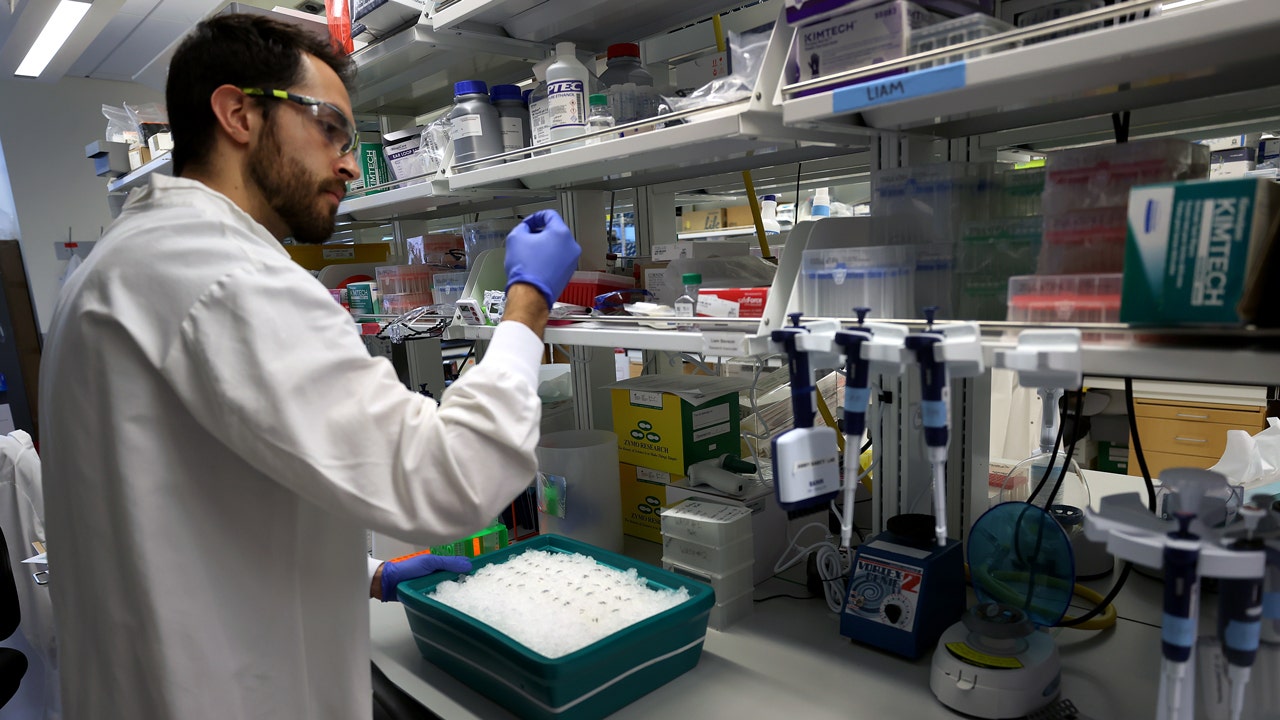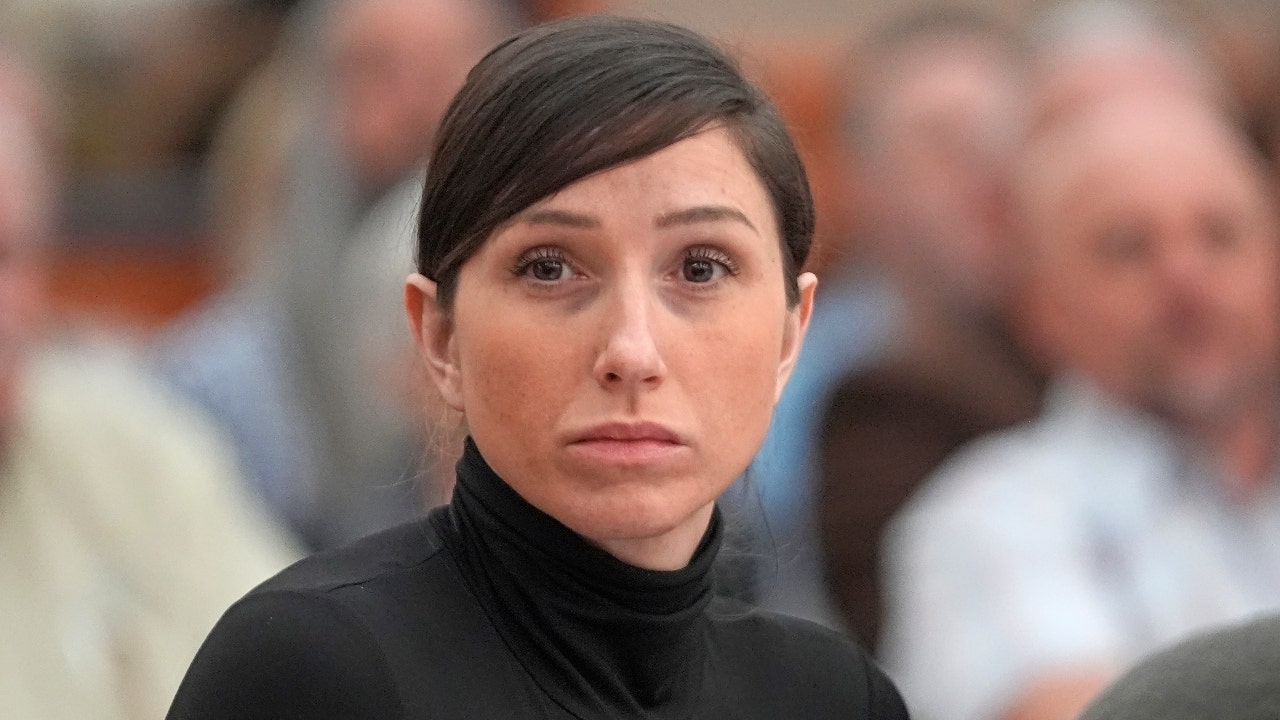The force behind Florida’s first legal needle exchange, Dr. Hansel Tookes, received an anxiety-provoking call from the state surgeon general’s office in April 2022. Health officials wanted to tour his Miami site, which provides clean syringes and other health care to people who inject drugs, an approach known as harm reduction that aims to stop people from getting hurt by drugs, rather than stop them from getting high.
“I assumed that it would be a challenging visit,” said Dr. Tookes. Programs like his are facing backlash even in liberal enclaves like San Francisco, and Florida’s governor, Ron DeSantis is, not known for embracing policies that could be viewed as “woke.”
When the delegation arrived, however, Dr. Tookes was pleasantly surprised. The officials seemed interested in how he distributed overdose antidotes and eased patients into medication treatment for addiction. They pressed him to explain how attracting people into care works better than forcing abstinence and imposing strict rules, he said.
After Dr. Tookes’s program — known as IDEA Exchange, for the Infectious Disease Elimination Act that authorized it — was established in 2016, Miami’s overdose death rate began to decline and it has remained relatively stable compared with the rate in other Florida cities. While it is not yet possible to prove that the IDEA Exchange caused Miami’s overdose rate to fall, state officials suspected that it did. The health agency wanted to know what IDEA was doing right.
Despite data showing that harm reduction is a better approach than criminalization in curbing drug-related problems, politicians — particularly, but not only, on the right — have been hesitant to embrace it. Miami’s story illustrates not only that this policy does not cause the rises in overdose and disorder for which it is often blamed, but also that it can bridge ideological divides and work in a red state.
In 2008, while he was a medical student in Miami, Dr. Tookes started fighting for syringe exchanges to reduce the spread of AIDS. Florida stubbornly resisted. By 2015, Miami had one of the worst H.I.V. epidemics in the United States. To change politicians’ minds, Dr. Tookes realized he had to “meet them where they are,” just as his team does with people whose drug use is harmful. That meant using targeted forms of positive persuasion.
One common argument against syringe exchange is that it increases needle litter. So, for his medical school capstone project, Dr. Tookes compared the number of dirty syringes found on the street in Miami, which didn’t have an exchange program, to that in San Francisco, where state-funded services at the time distributed two million needles annually. The paper his group published showed there were eight times the number of syringes on Miami streets compared to San Francisco. This, along with intensive lobbying, helped Dr. Tookes and the University of Miami’s Miller School of Medicine persuade the legislature to authorize the program.
“It was all about how we told the story,” said Dr. Tookes, describing how he used statistics on distressing H.I.V. rates and rising overdose deaths to talk to Democrats. For the Republicans, he had two different themes. The first was an economic argument that preventing just one case of H.I.V. saves some $500,000 in health costs. “But we also used a very pro-life argument,” he added, “Harm reduction is allowing people to have the tools to continue to live: It’s actually the most pro-life thing that you could do.”
The IDEA Exchange opened in December 2016, which proved to be fortunate timing. That year, fentanyl suddenly swamped Miami’s heroin market, causing overdose fatalities to skyrocket. The group also distributed the overdose antidote naloxone directly to people at the needle exchange, which remains one of the best ways to improve access.
“We opened as soon as we could legally — but just in the nick of time to be able to fight that wave,” said Dr. Tookes. The program has since handed out over 14,000 doses, with just under 3,900 people reporting using naloxone to save a life.
The police can be among the strongest opponents of syringe exchange. IDEA, however, was able to win over the Miami Police Department. Dr. Tookes emphasized that officers would be safer because suspects they had to pat down wouldn’t be trying to hide dirty needles. The city’s police chief even visited the site.
This alliance also made it easier to convince cops to carry naloxone. It wasn’t mandatory, but officers found reversing overdoses to be rewarding, and naloxone use spread quickly, Dr. Tookes said. “Everybody likes to save a life,” he noted. “That’s why most of them went into law enforcement.”
IDEA has also made it easier for people to start taking the addiction medication buprenorphine, which is one of only two treatments proven to reduce the death rate from opioid addiction by half or more. Since the pandemic, buprenorphine can be prescribed remotely. IDEA Exchange brings iPads to homeless encampments for medical consultations and delivers the medication quickly without requirements like daily clinic visits that can deter people from accepting treatment.
One barrier to initiating buprenorphine is that if it is given before significant withdrawal symptoms occur, it can make them worse rather than better. To ease this transition, IDEA provides buprenorphine “microdoses” to build tolerance. People who visit IDEA can also store their medications in lockers there. When I visited, participants told me they felt welcome and respected, seeing it as a sanctuary where they were not judged.
Because most people seeking recovery relapse at least once — often, many times — services like IDEA Exchange are essential to overdose prevention. Research shows they don’t deter recovery. One study, for example, found that new participants in needle exchanges are five times as likely to get treatment compared to those who don’t use them.
Since the initial 2022 visit, Dr. Tookes and his staff have been entrusted by the state with training others to replicate their work. Consequently, Florida now has eight authorized needle exchange programs, which engage around 8,000 participants annually. Recent data from the U.S. Centers for Disease Control and Prevention shows that for the first time in years, national overdose death rates are falling. In 2023, Florida’s fatalities fell 8.4 percent, more than twice the national decline.
Unfortunately, other places are moving backward: Idaho has banned needle exchanges as have some cities, despite warnings from the C.D.C. that this could cause AIDS outbreaks. Now more than ever, we need to get the right arguments to the right audiences. To end the overdose crisis, all levels of government must prioritize public health over politics.
Maia Szalavitz is a contributing Opinion writer and the author, most recently, of “Undoing Drugs: How Harm Reduction Is Changing the Future of Drugs and Addiction.”
The Times is committed to publishing a diversity of letters to the editor. We’d like to hear what you think about this or any of our articles. Here are some tips. And here’s our email: letters@nytimes.com.
Follow the New York Times Opinion section on Facebook, Instagram, TikTok, WhatsApp, X and Threads.






